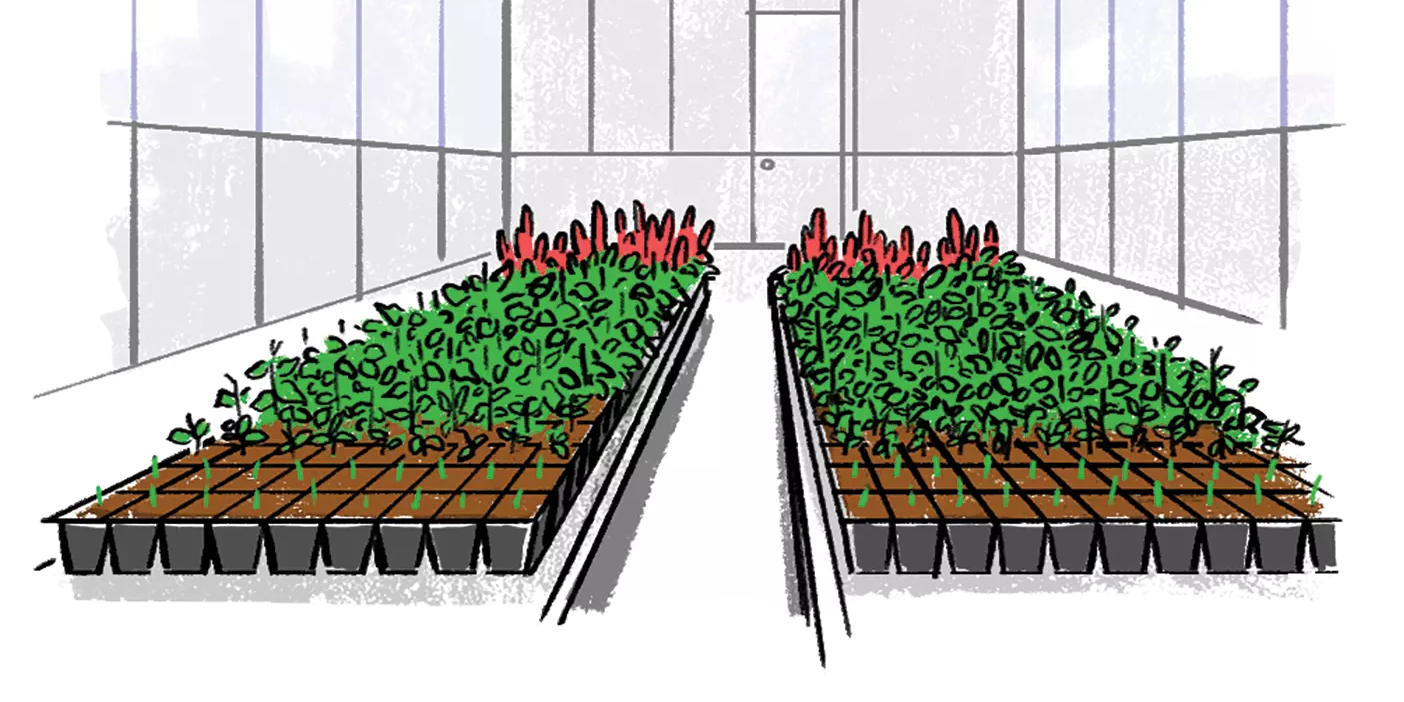When in Drought
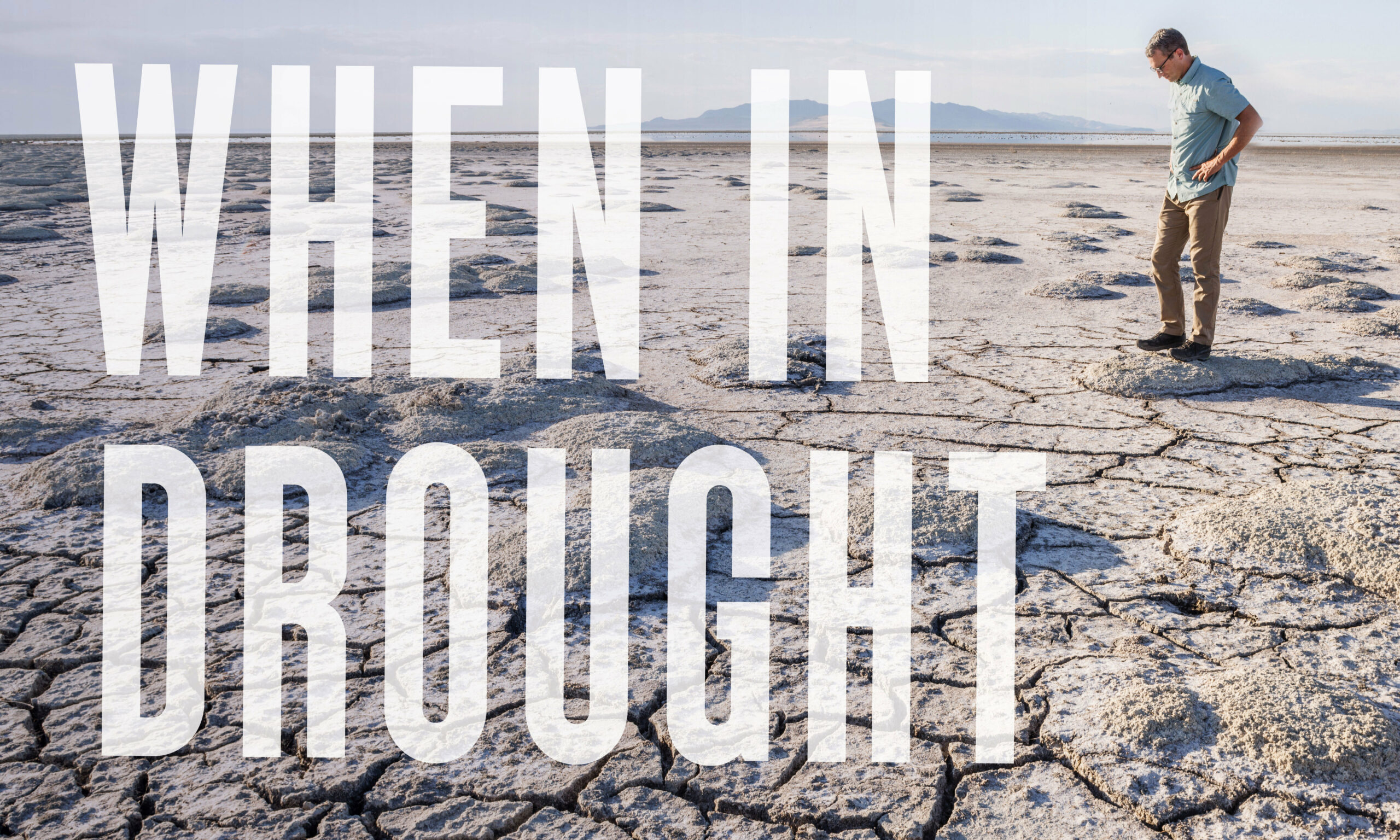
There’s no getting around it—the West is drying up. Here’s what BYU experts say needs to happen.
By Brittany Karford Rogers (BA ’07) in the Fall 2022 issue
When he was a small boy, Ryan C. Christensen (BS ’08) was lulled to sleep by the rumble of a combine. The machine’s roar was his white noise as he lay next to his father, who drove up and down the rows of wheat and potatoes, combing their 4,000 acres in Grace, Idaho.
A fifth-generation farmer, Christensen is now the one behind the wheel, maneuvering the combine over dirt his great-great-grandfather first tilled as a Danish Latter-day Saint immigrant.
This family has weathered many droughts, says Christensen. Their running joke: “Farming is basically Church-approved gambling,” the whole operation dependent on Mother Nature and market forces—things out of their control.
But there’s something different about the present drought plaguing the entire American West, says Christensen. He sums up the sentiment of his fellow growers in one word: “Nervous.” One year of drought is manageable, a few years survivable; but the way consecutive years—and now decades—are stacking up, he says, “farmers don’t know if there will be enough water for even one more season.” Indeed, this drought has triggered massive, federally mandated water cuts, forcing farmers from Colorado to California to leave millions of acres fallow.
Yet amid this dreary backdrop, Christensen’s farming footprint has only grown. Thanks to novel water-stretching techniques, he can now irrigate 30 more acres than he did last year.
With the help of his former BYU professors, he’s outsmarting the drought. Seven years ago, Christensen opened his farm up for BYU research, the findings of which, he believes, “could become revolutionary in how we manage crops and water.”
It’s a glimmer of hope amid a drought showing no signs of relief. If anything, BYU research shows that things are poised to get worse, and not just for farmers: the very air we breathe is at stake.
Here, BYU experts put this drought in perspective, explain some of the issues and misconceptions at play, and begin to tackle how a Western population of 70 million—and growing—will have to adapt to a water-short world.
“There is so much room for optimizing water use,” says BYU hydrogeologist Gregory T. Carling (BS ’05, MS ’07). “We just have to have a completely different expectation of water.”
Writing on the Canyon Wall
Just how bad is this drought? Pick a superlative: driest, hottest, longest, largest. They have all described the present conditions in national and international headlines.
“We don’t want people to glaze over because they’ve heard the word drought before,” says BYU civil-engineering professor Robert B. Sowby (BS ’12). Yes, drought is part of the normal, recorded cycle of weather patterns in the southwestern United States—a fact people are quick to cite when the researchers sound the alarm. “There is considerable variability in the record,” acknowledges BYU geography professor Matthew Bekker (BS ’94); the West has yo-yoed between wet and extremely dry times; in the ’90s there was even a rare surplus in the watershed.
But in 2000 drought hit—and it’s still not over.
According to a study in the top journal Science, this is the most intense drought in 1,200 years—a story told in core samples of bristlecone, pinyon, and ponderosa pine.
“Tree rings provide a climate record that goes back further than recorded history,” says Bekker, whose own tree samples, gathered at dozens of sites across the West, contributed to the data. Fat rings in a tree core indicate the wet years, thread-thin rings, the dry.
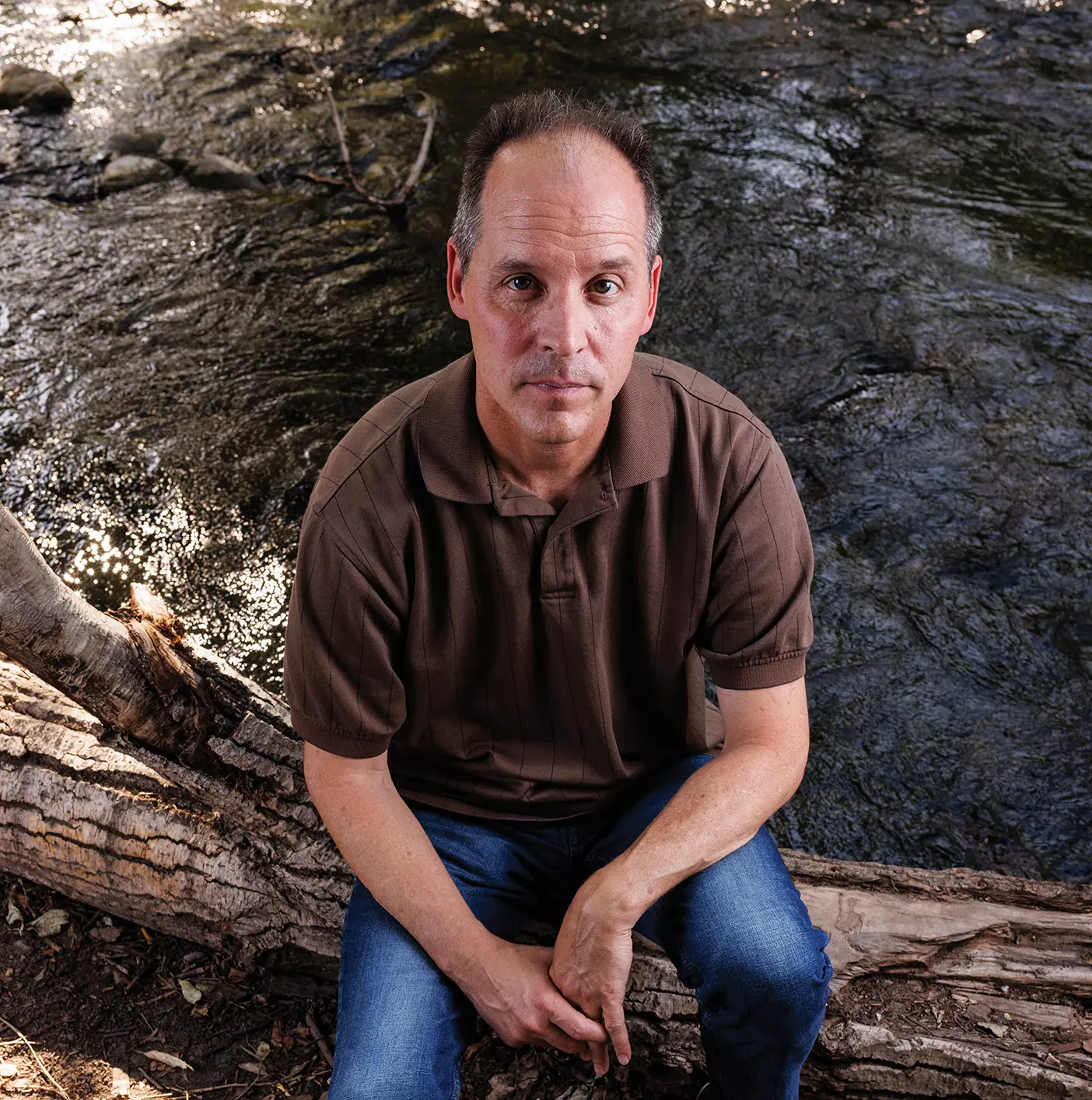
The trees bear record of droughts that matched the current one in magnitude—albeit were shorter. Some dry spells were much longer but less severe. One drought in the second century, at the Rio Grande headwaters, lasted 50 years. The present drought is pushing 23, with a magnitude “as bad as anything we’ve seen,” says Bekker.
When extreme dryness lasts two or more decades, it’s defined as a “megadrought.”
It’s a phenomenon being supercharged by climate change, adds Bekker, who monitors the Provo/ BYU station for the Utah Climate Center, which shows that temperatures are nearly four degrees warmer now than in 1981. “It’s not the cause of the drought, but it’s making it much worse.”
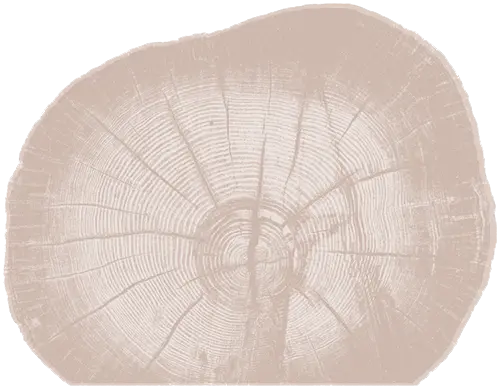
If tree rings and temperature modeling weren’t convincing enough, says Bekker, “just look at what’s happening.” He points to the Great Salt Lake, which has receded to its lowest point since we started taking measurements in 1870, and to Lakes Powell and Mead, where the writing is on the canyon walls. Beneath their red cliffs is a band of water-stained white rock, the so-called “bathtub ring”—a stark reminder of just how much water is missing. Both reservoirs are at their lowest points since being filled, each teetering at 26 percent capacity; without emergency releases of water from lakes and reservoirs upstream, both would have dropped too low to generate hydroelectricity and come dangerously close to “dead pool,” when water can no longer pass.
“Lake Mead, Lake Powell, Great Salt Lake, they are the vital signs of the West’s water resources,” says Sowby. “And right now they’re nearly dead.”
“It’s hard to imagine it could get much worse,” says Carling.
But his own research shows that it can.
The Great Dust Lake
Carling has spent a decade studying dried lake beds—called playas— taking the isotopic fingerprint of lake-bed dust and tracing where it blows. As the lead author of a 2020 study published in Chemical Geology, he found that 90 percent of the dust along Utah’s Wasatch Front came from dry lake beds like Sevier Dry Lake and the Great Salt Lake.
This dust, he also found, happens to contain arsenic and mercury.
“Dust is Great Salt Lake’s revenge for letting it go dry,” says Carling. It’s bad enough to breathe in dust as particulate matter, he says—extremely fine particles “get into our lungs and never leave; they just stay in our tissue forever.” It’s even worse when the dust contains cancer-causing elements—and the dust source is just miles away from major population centers.

This dirty dust also makes its way to Utah’s snowpack, where it leaches into the watershed. “These elements are in our rivers,” says Carling. “They just haven’t exceeded EPA limits yet.”
At the 2022 Great Salt Lake Summit, Los Angeles water managers detailed how they spend millions annually battling blowing dust from the dried-up Owens Lake— the No. 1 source of dust in the entire United States. They’ve tried building berms along the playa’s edge, covering the lake bed with gravel, and planting and watering vegetation to hold the dust down. “The thing with Great Salt Lake is it’s more than 10 times larger than Owens Lake,” says Carling. Such mitigation in Utah, he says, would be virtually infeasible.
On top of this, there is a pressing need to preserve the Great Salt Lake as an ecosystem supporting brine shrimp and migratory birds and generating lake-effect snow. “We have this misconception that any fresh water that makes it to a salty lake is wasted,” says Carling. “We need to do everything we can to get more water to the lake.”
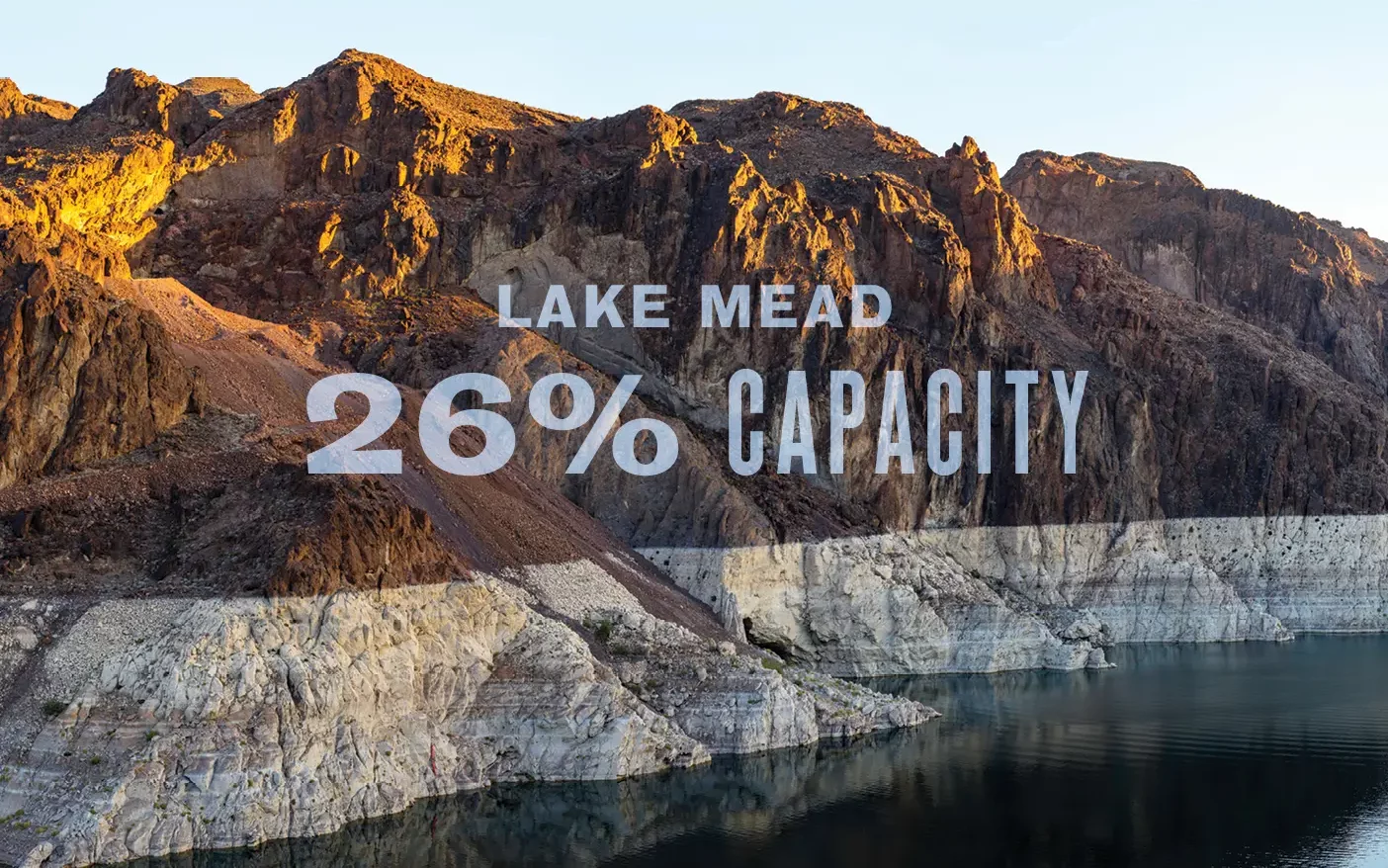
Precipitous Decline
“There are simply more people with more straws sucking the water down,” says BYU environmental scientist Benjamin W. Abbott—and it would be great if overdrawn water was the only problem. Simultaneously, less is falling from the sky.
Even if the drought subsides, BYU experts fear lower levels of precipitation may be permanent in the West. Warmer temps—even just a few degrees, says Abbott— have shifted northward the jet stream that once reliably brought rain and snow to the headwaters of the Colorado River, the lifeblood of the West.
“We’ve had about a 30 percent decrease in snowpack since the ’80s,” says Abbott. “This is a really big deal, because even if we were getting the same amount of precipitation as we used to . . . , it’s harder to manage because it’s coming as rain.”
With rain, “there’s a big flood, and then it’s gone,” Abbott explains. Mountain snowpack, melting gradually, lasts longer. But the snowpacks are melting faster than they used to, a product of warmer temps and earlier springs. And then drought-parched soils get first dibs.
Case in point: the Colorado River Basin’s 2021 snowpack was 89 percent of normal—“not bad,” says Sowby—but the runoff was only 33 percent of normal. Thirsty soils sopped it up.
“It used to be that snowpack was a good indicator of water supply,” he says. Now we have to consider soil conditions, actual runoff (measured by streamflow), and a much more elusive metric, evapotranspiration—which is evaporation plus plant sweat. And in a warming climate, says Abbott, evapotranspiration increases, drawing water up into the atmosphere and taking it elsewhere.
Pivoting on Agricultural Watering
Everyone can and should curtail their water use, say the experts, but indoor residential measures won’t put a dent in this drought.
“This idea of, ‘If I just shut the [water] off while I wash my hair and while I’m brushing my teeth’—it doesn’t hurt,” says Bryan G. Hopkins (BS ’90, MS ’91), BYU professor of plant and wildlife sciences, “but it’s not going to solve the problem.”
Agriculture consumes an estimated 80 percent of the West’s water; without question, say the BYU experts, ag must innovate and reform.
“Some things that we know save water, frankly, most growers are not using to the fullest—and won’t until there’s incentive there,” says Hopkins.
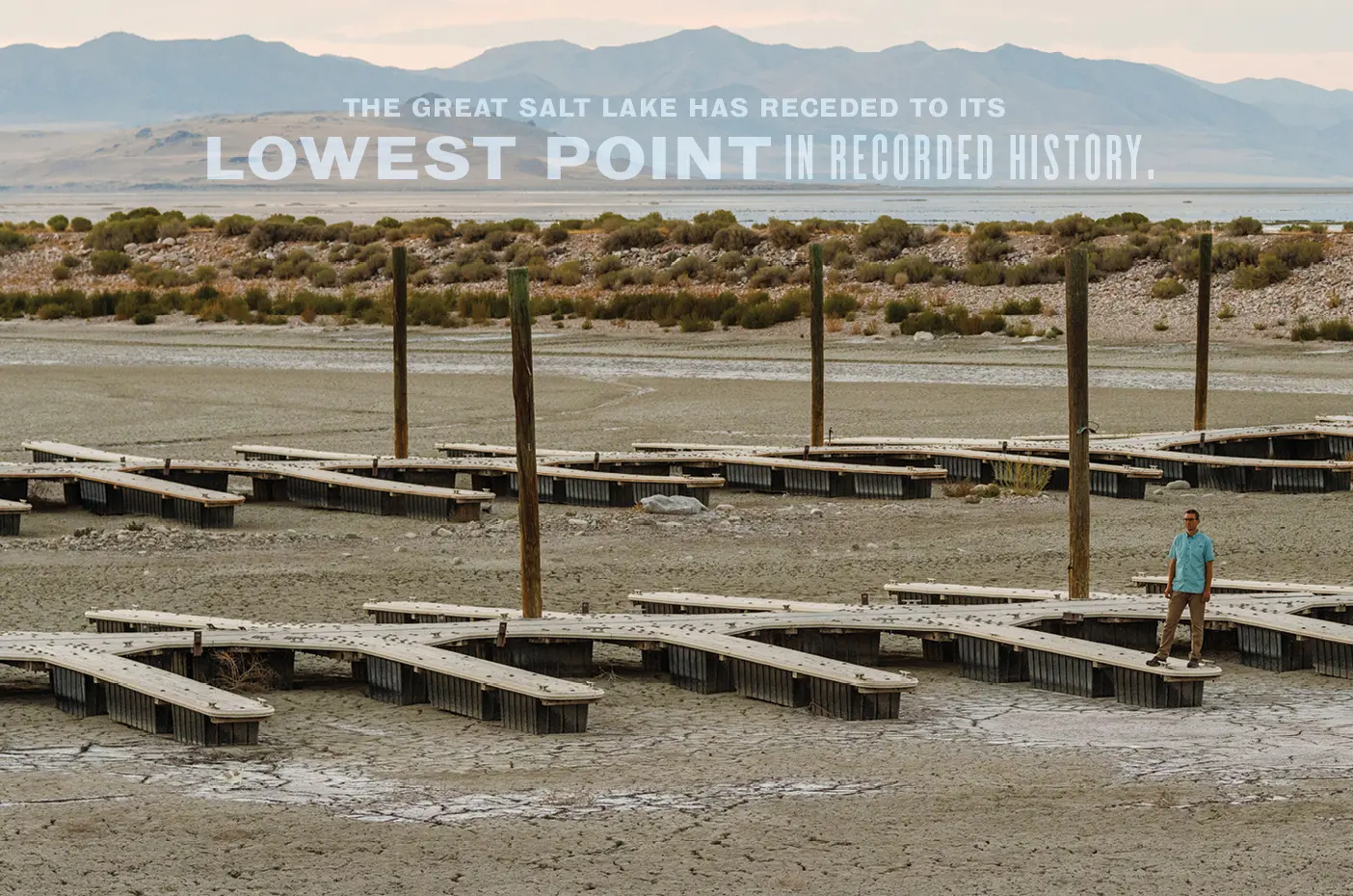
“More crop per drop”: it’s the motto of Neil C. Hansen’s (BS ’92, MS ’94) BYU lab, and the plant and wildlife sciences professor says that dozens of researchers across the country are working to make every drop count. Together, Hansen and Hopkins research precision irrigation, using remote sensors in the soil to apply water only where it is needed, when it is needed.
Most farms use center-pivot sprinkler systems. One pivot is big enough to water a field about the size of BYU’s campus, notes Hansen. “It’s a beautiful piece of technology to apply a uniform application of water,” he says. “But no field is uniform.” The subtlest changes in slope or soil makeup can make a big difference. With a smart system that attaches to the central pivots, water and fertilizer can be applied variably.
Using the variable technology, Ryan Christensen, the BYU plant and wildlife sciences alum who opened one of his fields to his former professors for research, is saving 5 inches of water on his potatoes and 1.5 inches on his wheat.
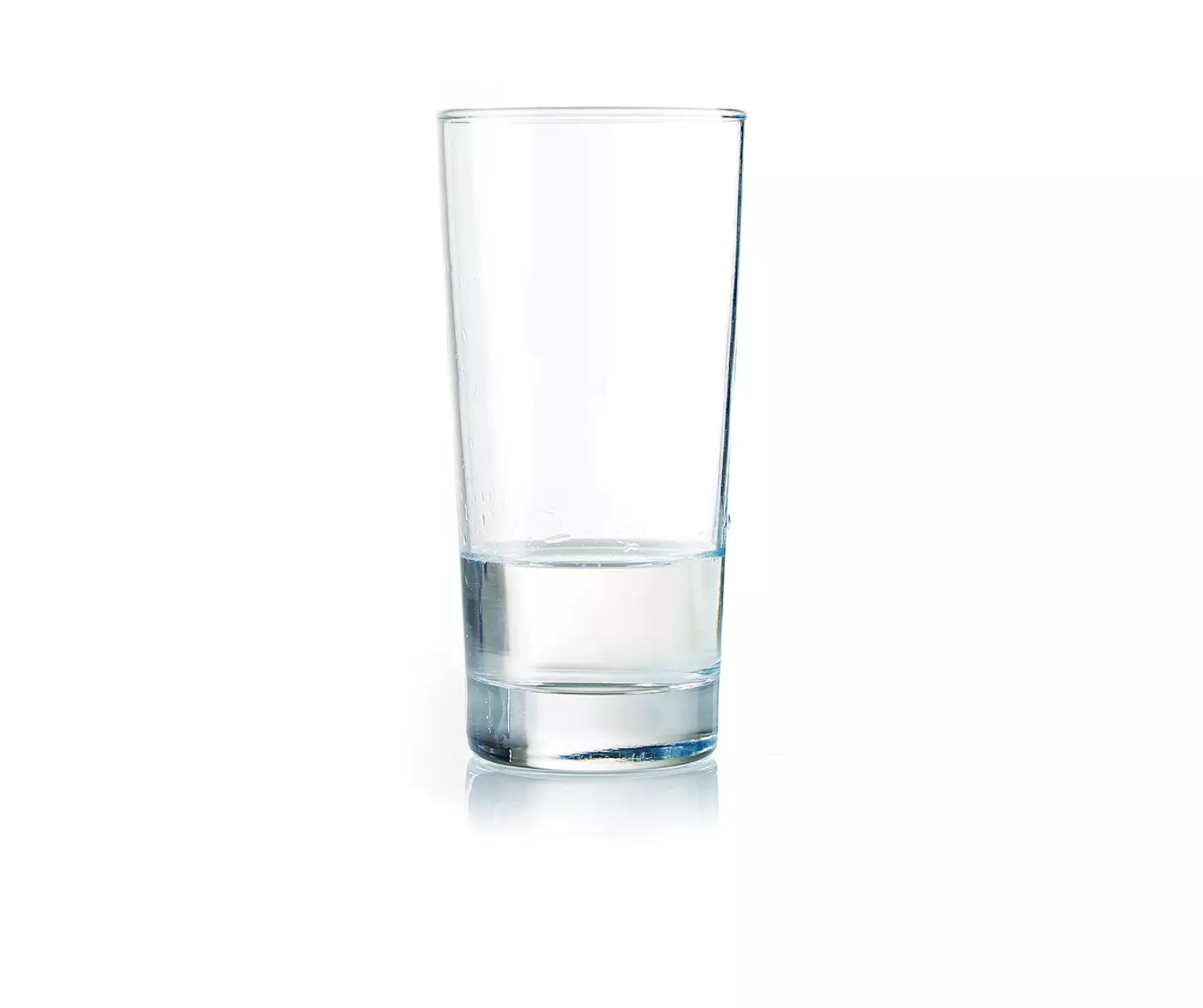
“That doesn’t sound like much,” says Hansen, “until you translate that into gallons.” Christensen, who controls the zoned irrigation from his cell phone, is saving a whopping 5.5 million gallons of water a year—40 percent on his most teched-up field.
“If farmers adopted strategies that saved even 10 percent of their water,” says Hansen, “that would do so much more than all of the city water-saving strategies” due just to the sheer volume of water consumed by agriculture.
“It’s not inexpensive,” says Hopkins; it costs $40,000 to $50,000 to upgrade just one pivot with the variable technology, and farms can have many. It’s an outlay that federal land grants and low-interest loans, already available to farmers, can help fund. A bigger government investment could help them make the switch sooner.
Despite the costs, Christensen says the savings make switching to variable watering “a no-brainer.” So why haven’t more farmers done so?
“You know the old saying ‘The devil you know’?” asks Christensen. “Farming is such a gamble, they would rather gamble with the process they do know than step outside the box.”
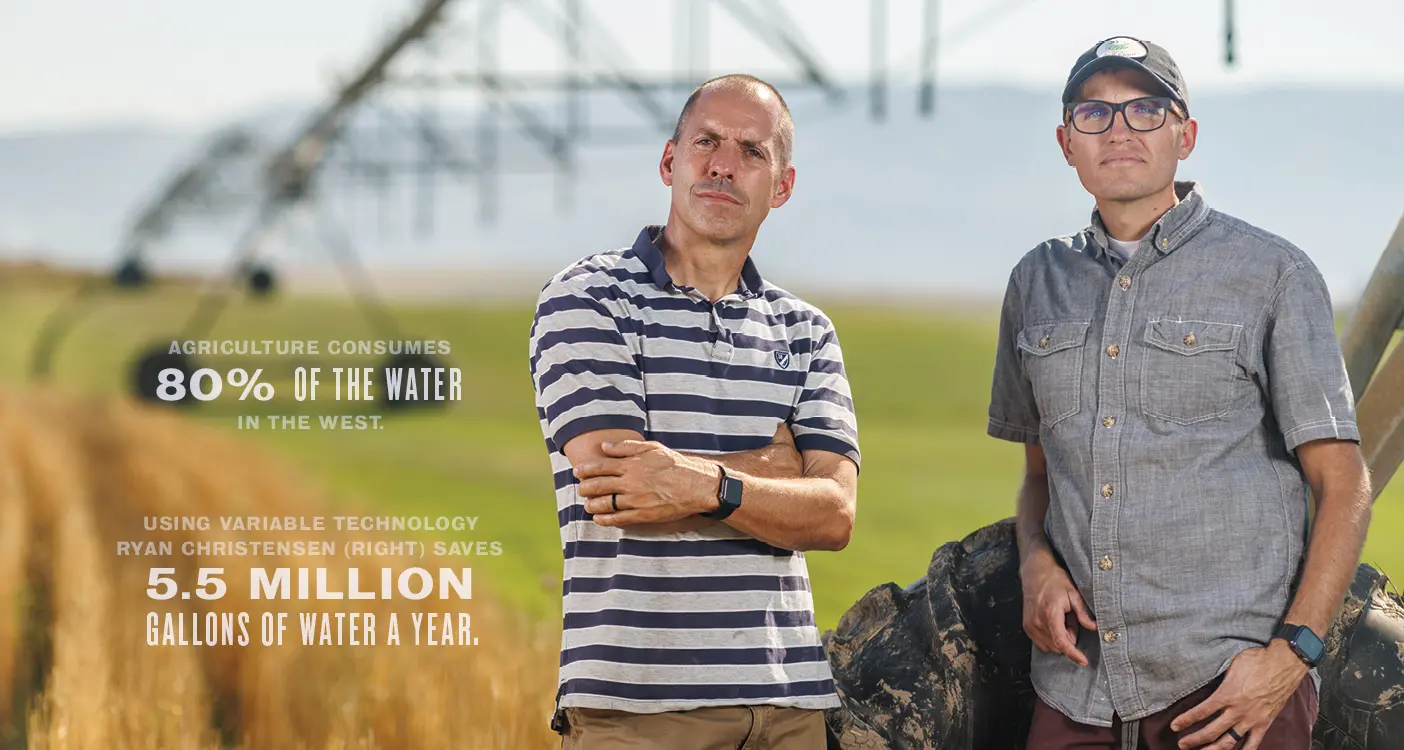
Incentives also need to be better aligned, says Hansen, allowing farmers to make money on water saved.
“For a century now, it’s been use it or lose it,” he says—the laws governing water in the West dictated that unused water would be forfeited.
“I’ve had that conversation with growers,” says Hopkins. “Their line of thinking is, ‘I have to use my water. . . . I don’t want to lose this asset.’”
But states are beginning to rewrite the legal playbook; California and Colorado have experimented with “water banking,” allowing the sale of unused water without giving up rights. Utah just passed a bill, HB33, allowing water-rights holders to lease water for environmental benefit, like refilling lakes.
“We ought to be making laws that help it make sense to conserve,” says Hopkins.
Smarter Farming
Not all tactics for reducing farm water usage require a huge investment, says Hansen. “From the seed you choose to plant all the way to fertilizer timing and tillage,” he says, there are easy, underutilized ways to stretch water. “Sometimes it’s just knowing the biology of the plants you’re growing.” In multi-year experiments, he’s shown that some perform better if they experience water stress early in their growth—they just need water at crucial flowering times.
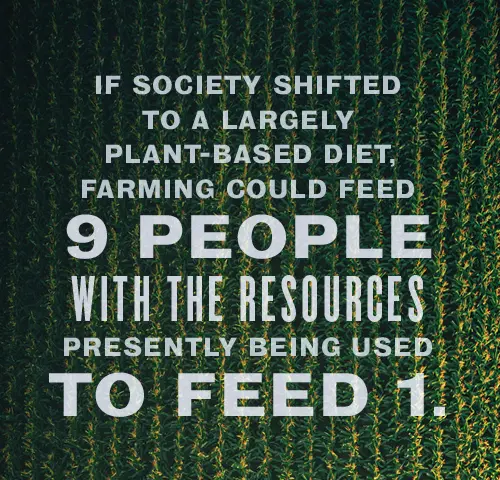
Alfalfa—the commodity crop with the most acreage and water use in the West—is a good example, says Abbott. “The first few cuttings of alfalfa use water much more efficiently, and they produce a higher-quality crop than water-intensive July and August cuttings, which require a ton of water to grow,” he says. And farmers could terminate irrigation midsummer without killing the plant, Hansen adds—alfalfa, unwatered, lies dormant.
After a harvest, the prevailing wisdom has been to “keep it bare,” says Christensen. Farmers would till up their fields to ensure nothing was growing and taking water. But thanks to BYU research, Christensen now plants “in-between crops,” plants that “act like a sponge,” keeping water residue in the soil. “It was a foreign concept,” he says—but the proof is in his savings.
“We just have to get better at getting the science into the hands of those who can use it,” says Hansen.
Another major step would be to switch to crops or varieties that require less water. For example, the most commonly grown potato is Russet Burbank, but there are varieties that use far less water.
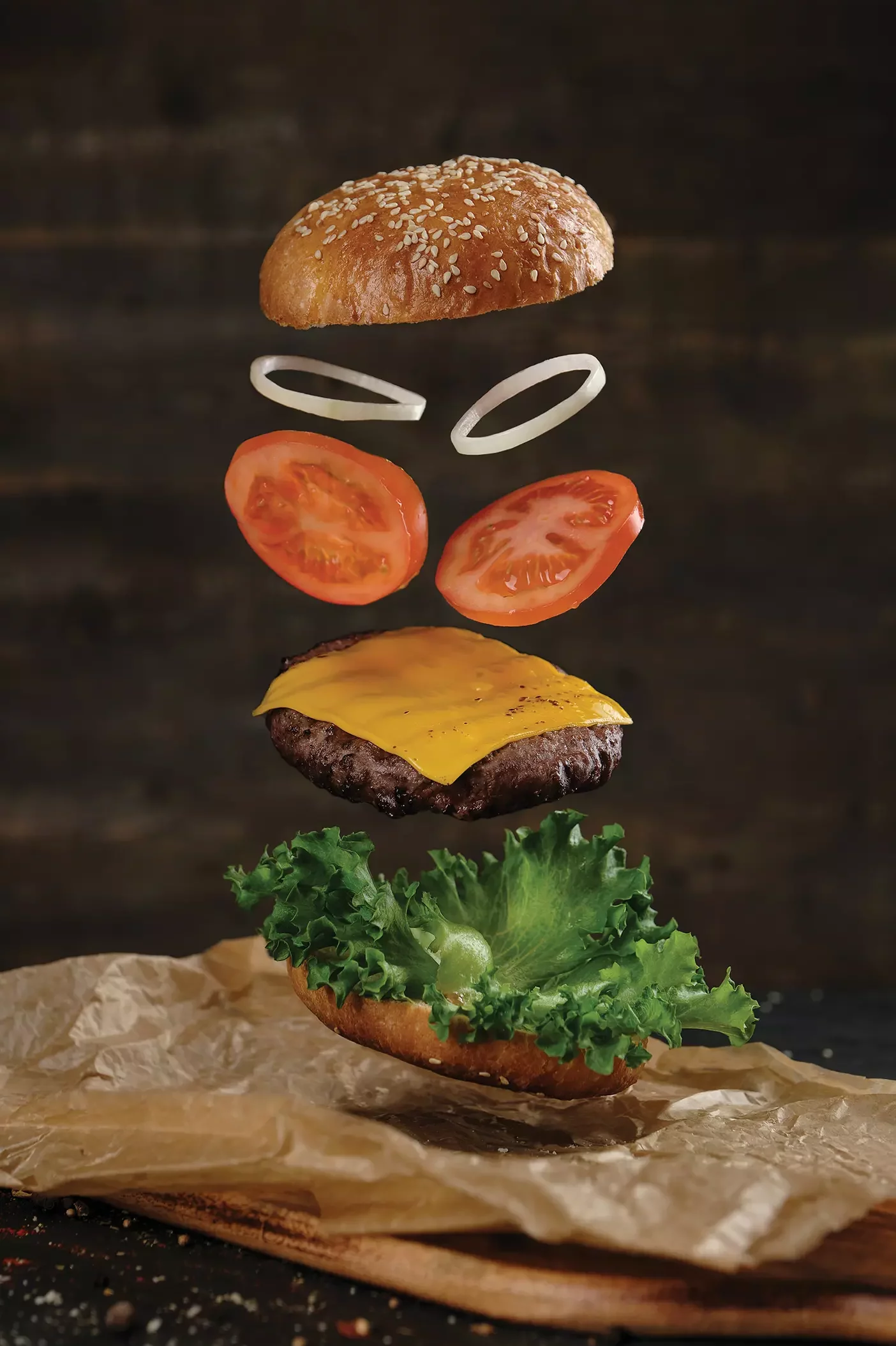
Because everyone eats, everyone helps shape ag’s water footprint. And some of American consumers’ go-to foods are particularly water intensive.
“A hamburger is, like, 700 gallons of water,” says Hopkins.
A diet shift, says Abbott, could change the game.
“There is plenty of water in the United States, and globally, to grow food for people, but there is not enough water to grow feed for livestock,” argues Abbott. “That distinction between food and feed is really important.” The bulk of the world’s crops are grown to, in turn, grow beef and poultry, he says—it’s more than double the water footprint needed to feed humans. “I think about how prophetic the Word of Wisdom is. . . . Were we as a society to follow that guidance, there would be enough and to spare.”
By shifting to a largely plant-based diet, he says, farming could feed nine people with the resources presently being used to feed one. “That’s the kind of statistic I take personally,” says Abbott. “When I think about making sure there’s enough for my children and for people all over the world, those in need, I can make a very small change that will vastly reduce my water footprint, my nutrient footprint, my land footprint, my carbon footprint. It’s actually an empowering message.”
The challenge is developing consumer tastes and building a market for drought-resistant crops. Until then, “farmers are going to grow what people want,” says Hopkins. “You can’t just force growers to switch. The market has to be there.”
Make Water Precious
The massive—and ever-growing— population centers in the West have to find ways to curb water use, say the experts, and that begins with charging more for it.
“Our water rates don’t send enough of a price signal to consumers about the value of water,” says Sowby.
“Maybe a good comparison is gasoline,” says Carling. “We tend to value that because we pay a lot for it.”
Water prices should be tiered, they say: a reasonable flat rate for the volume to cover the standard needs for drinking, cooking, and sanitation for everyone, rich or poor, with pointed price hikes beyond that. And they say paying a flat rate for irrigating water should be unthinkable.
In addition, they argue that all water use should be metered. “Studies show that if people are able to know how much water they’re using, they’ll naturally cut back,” says Carling, who advocates for transparency—being able to see, on your water bill, how you’re doing compared to your neighbors.
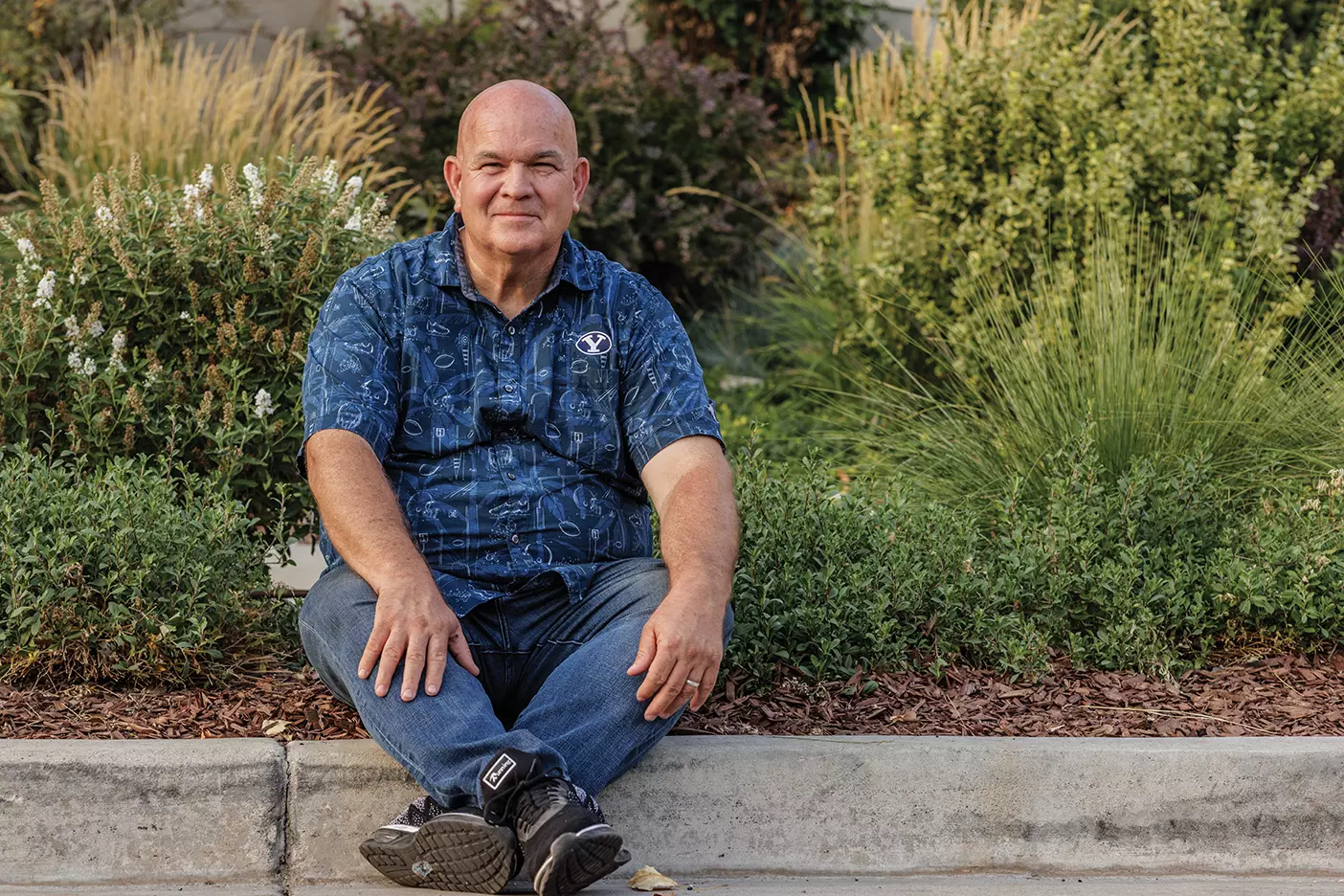
The experts point to Las Vegas as a model of response to water crisis. Carling notes that the city is using about the same amount of water today as 30 years ago despite doubling in population.
How did Vegas do it? First off, the city recycles its water. According to the Southern Nevada Water Authority, Las Vegas recycles 99 percent of the water used indoors and sends it back to Lake Mead.
And when it comes to yards—the biggest water sink outside of agriculture—the city doesn’t mess around: this summer it became the first to prohibit ornamental grass. It pays homeowners to replace lawns with turf. Only certain hose nozzles can be used. And it’s illegal to let water fall on a paved surface of any kind, an offense cited by Vegas’s own water police force.
![This idea of "If I just shut the [water] off while I wash my hair and while I'm brushing my teeth"—it doesn't hurt, but it's not going to solve the problem.—Bryan Hopkins](https://magazine.byu.edu/wp-content/uploads/2022/10/Drought_quote3_500x735.webp)
“We don’t have to have rock yards,” says Hopkins, but he says yards in the West should change to more trees, shrubs, and native vegetation. “I’m the grass guy at BYU,” says Hopkins—his teaching and research focus largely on grass in urban areas—“and I have less grass than anybody in my neighborhood.”
Hopkins will be the first to advocate for plants in urban areas, as they help cool the environment, clean our air, and improve mental health. But his grass gripes are many: grass—the No. 1 irrigated plant in the United States (it takes up more acreage than irrigated corn, wheat, fruit orchards, or alfalfa)—should be a much smaller percentage of yards in desert climates. People water their grass too early every spring—moisture stressing the grass actually drives the roots deeper. And we need to, where possible, move away from cool-season grasses, such as Kentucky bluegrass, and move toward warm-season grasses, such as hybrid Bermudagrass, which use much less water. Unfortunately, it is currently considered a noxious weed in Utah and is illegal to plant in most counties in the state.
Sowby’s research, published this year in Sustainability, found that half of Utahns overwater their grass. In drought, he says, everyone could water their grass just once a week, letting it go dormant. “That’s the low-hanging fruit,” Sowby says.
“We have the technology to put smart-watering systems in our yards, [for] recycling water and using it for lower-quality purposes, and metering all our secondary water,” he continues. “The most challenging piece is changing people’s mindset. At this point, it should be an all-of-the-above approach.”
Sprouting Hope
Despite the magnitude of the problem, the BYU experts do not feel helpless. If anything, they say, we are finally coming to grips with the problem—after ignoring it for years—and many of the solutions are right before us.
We can “elevate our hydrological literacy,” says Abbott, who, along with Carling, likes to think education can create the momentum needed to save the West’s watersheds. Carling is even piloting a new BYU general-ed class called Water Planet, looking through scientific and societal lenses at the issues facing the world’s most valuable resource.
With education, they say, comes innovation and action.
Just look at Christensen’s farm.
He’s no longer moving irrigation pipe manually at 5:30 in the morning, the way he did as a teenager. The whole operation today is less physically demanding, he says, but mentally more so as he sifts through data from sensors and drones. He grows a slew of different crops, rotating and tilling, fertilizing and watering in ways his predecessors would never have imagined. He knows better than ever how to use the resources at his disposal to sustain his crops, including his favorite, the Waneta potato—a “chipper” variety that is great for French fries.
His four children all love riding in the combine and tractors. His 8-year-old son and 5-year-old daughter “would stay 18 hours with me if I let them,” he says. “I try to send them home, but they refuse. They just fall asleep next to me.” And he combs the patchwork of fields, crops in all stages— harvested, just planted, and still growing.
Brittany Rogers, a former associate editor of Y Magazine, lives in American Fork, Utah.
Feedback Send comments on this article to magazine@byu.edu.


